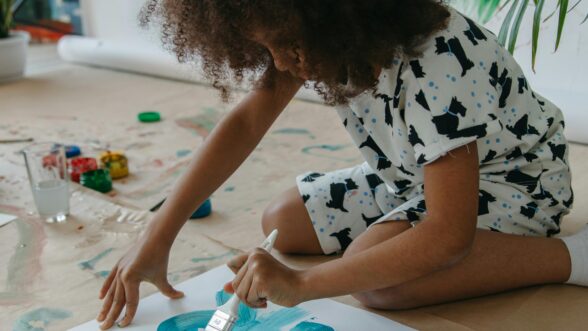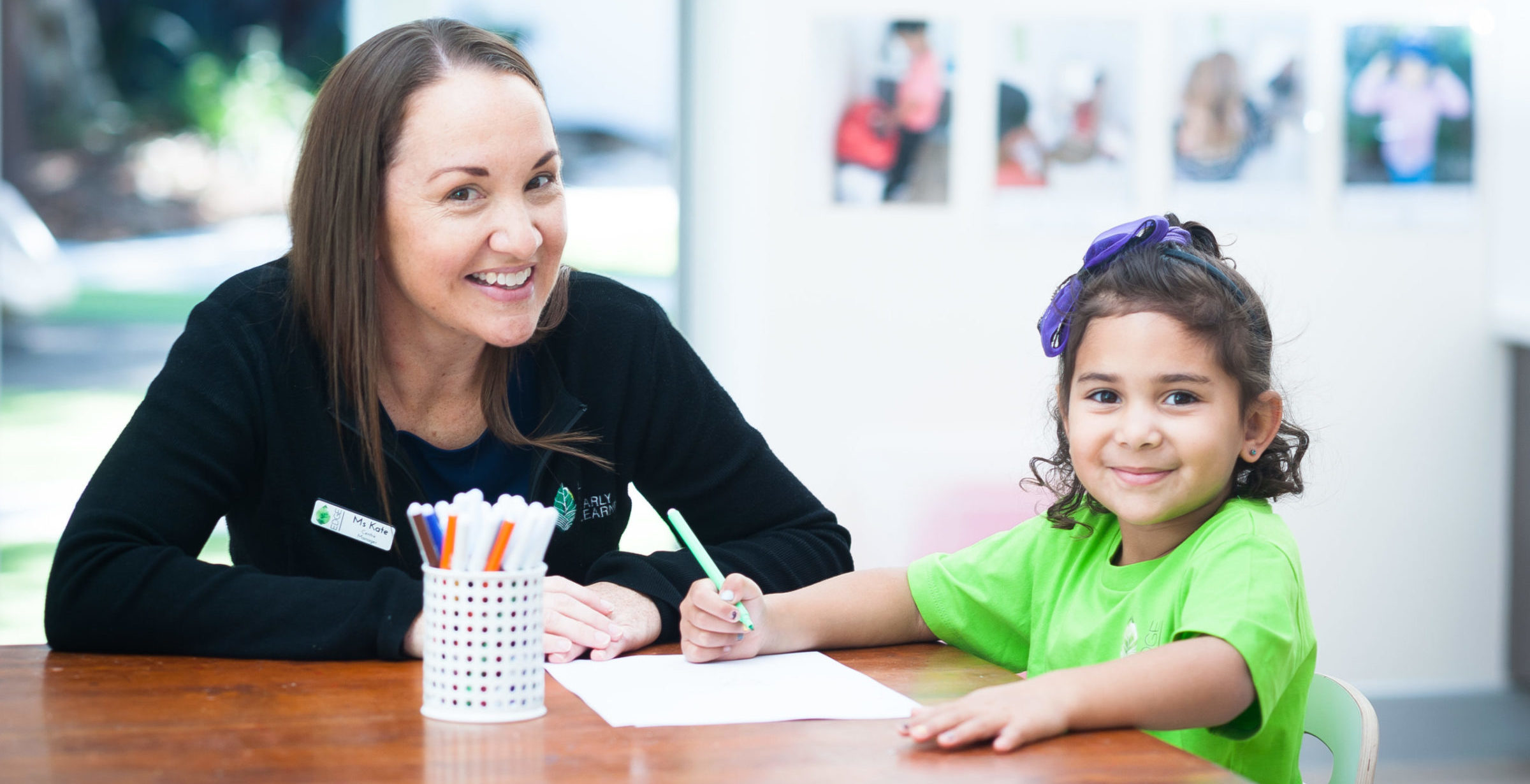
Education, Parenting Resources, Useful tools
Education
23 May, 2026

Why is drawing important for toddlers and children?
Children’s drawings may start off looking like scratches and scribbles. And honestly, for the artistically challenged among us, it may not get much better! But the benefits of drawing extend far beyond making art. Drawing is a worthwhile activity to help children develop a range of cognitive skills as well as having social and emotional benefits.
The cognitive benefits of drawing for children
One of the most obvious benefits of drawing and painting in education is that it helps prepare children for writing. Gripping a fat crayon in their fist is the first step towards building the muscles needed to develop a pincer grip and hold a pencil correctly to write letters and words. Children work their fine motor skills and hand-eye coordination by drawing lines, dots and swirls. Older children develop critical thinking skills as they observe the world more closely to add details to their drawings, select colours and experiment with creating different textures.
Drawing helps children develop their creativity and imagination as they’re given the freedom to draw whatever they choose. It’s also a great mindfulness activity, strengthening their ability to concentrate as children tune out the world around them and focus on what they’re creating.
The emotional benefits of drawing for children
The benefits of drawing extend to children’s emotional intelligence. Drawing is an opportunity to develop resilience, as children learn to correct mistakes, smudges or scribbles that rip through the page.
Drawing is also a great way for children to express themselves and their identity. Very young children can choose to use the colours they like best and decide between pencils, textas and crayons. Older children will share their interests or what’s important to them with stick figure family pictures or drawings of family pets, spaceship or unicorns. One of the side benefits of drawing is being privy to your child’s creations; what they choose to draw and how that evolves. You may like to keep some drawings in a special box – they’ll enjoy looking at them when they’re older and they’ll love that you cared to save them.
The social benefits of drawing for children
There are a whole range of social benefits of drawing. Drawing can build children’s communication skills. Asking children to describe their drawings gives them practice speaking and explaining their ideas and helps to develop their vocabulary. Describing their drawing also helps you work out what their picture is supposed to be! Your positive reaction to their art can help to build their confidence so try “tell me about your picture”, rather than “what is that?”. Having them explain their creation to another adult, such as a grandparent, also instills pride.
Drawing alongside a family member or friend can encourage collaboration and sharing of both ideas and actual drawing materials. Learning to share is a really valuable skill!
How to encourage your children to have a go at drawing
There are many ways you can encourage children to draw and be creative at home. You may like to set up a creative space to draw with an easel or craft tablecloth. Children love helping to set up their own space and this also teaches them to be responsible for their possessions. It’s helpful to make drawing materials accessible; keep a stack of recycled paper on hand and offer pencils and crayons.
Drawing alongside your child is a powerful way to encourage them that drawing is worthwhile and it’s also a lovely way to spend time together – possibly one of the best benefits of drawing.
Display your child’s artwork and drawings at home – on the fridge a noticeboard or in a frame on the wall – so they can see that you appreciate their work. This may also encourage them to draw more.
Taking home drawings
Children love taking home the drawings and paintings they’ve created during the day at Edge Early Learning. Check their bags and ask them to show you what they created today.